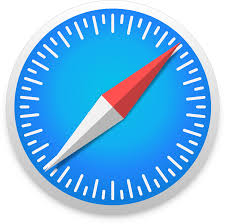HTML time: Main Tips
- The HTML
timetag is used to represent time. - You can define time in a time duration, an exact time on a 24-hour clock, or an exact date in the Gregorian calendar.
- You must use both opening and closing tags.
Using the time Tag
The HTML time tag defines a specific time:
It should not be used when a particular date is:
- impossible to calculate
- earlier than the introduction of Gregorian calendar

- Easy to use with a learn-by-doing approach
- Offers quality content
- Gamified in-browser coding experience
- The price matches the quality
- Suitable for learners ranging from beginner to advanced
- Free certificates of completion
- Focused on data science skills
- Flexible learning timetable

- Simplistic design (no unnecessary information)
- High-quality courses (even the free ones)
- Variety of features
- Nanodegree programs
- Suitable for enterprises
- Paid Certificates of completion

- A wide range of learning programs
- University-level courses
- Easy to navigate
- Verified certificates
- Free learning track available
- University-level courses
- Suitable for enterprises
- Verified certificates of completion
The datetime Attribute
The content of HTML time tag can also be made machine readable by using the datetime attribute:
<h2>The premiere show starts at <time datetime="2017-07-07T21:00:00Z">21:00</time> coming Friday.</h2>The datetime attribute value can be a representation of a time duration or a Gregorian calendar date. It allows browsers and search engines to provide a better user experience.
Browser support

Chrome

Edge

Firefox

IE

Opera

Safari
Mobile browser support

Chrome

Firefox

Opera

 HTML
HTML  CSS
CSS  PHP
PHP  JavaScript
JavaScript  SQL
SQL  Bootstrap
Bootstrap  Solidity
Solidity  jQuery
jQuery  Git
Git  Chrome DevTools
Chrome DevTools  C++
C++  Python
Python 



